Omiyage is a souvenir to bring back from a trip for family, friends, and colleagues at home. Simply put, it’s a souvenir, but with intrinsic Japanese culture infused into it.
This concept finally sunk in on me during my last Japan trip, in between tearing the beautifully wrapped things I bought and rearranging them into my jam-packed luggage. I got a flashback of a scene I saw on Midnight Diner TV show, where an editor brought back an Omiyage for the author she had been working with.
Furoshiki
It is usually presented to others in a beautiful wrapping, paper, or a special cloth called Furoshiki. Furoshiki is a Japanese fabric wrapping used to wrap food and gifts. I bought a few Furoshiki from Japan mount Fuji gift shop, which I gifted to my parents and aunties, without knowing it’s a wrapper, not a gift. But with a few trips to Japan so far, I think I have bought a few Omiyage without knowing that those things were, in fact, Omiyage.
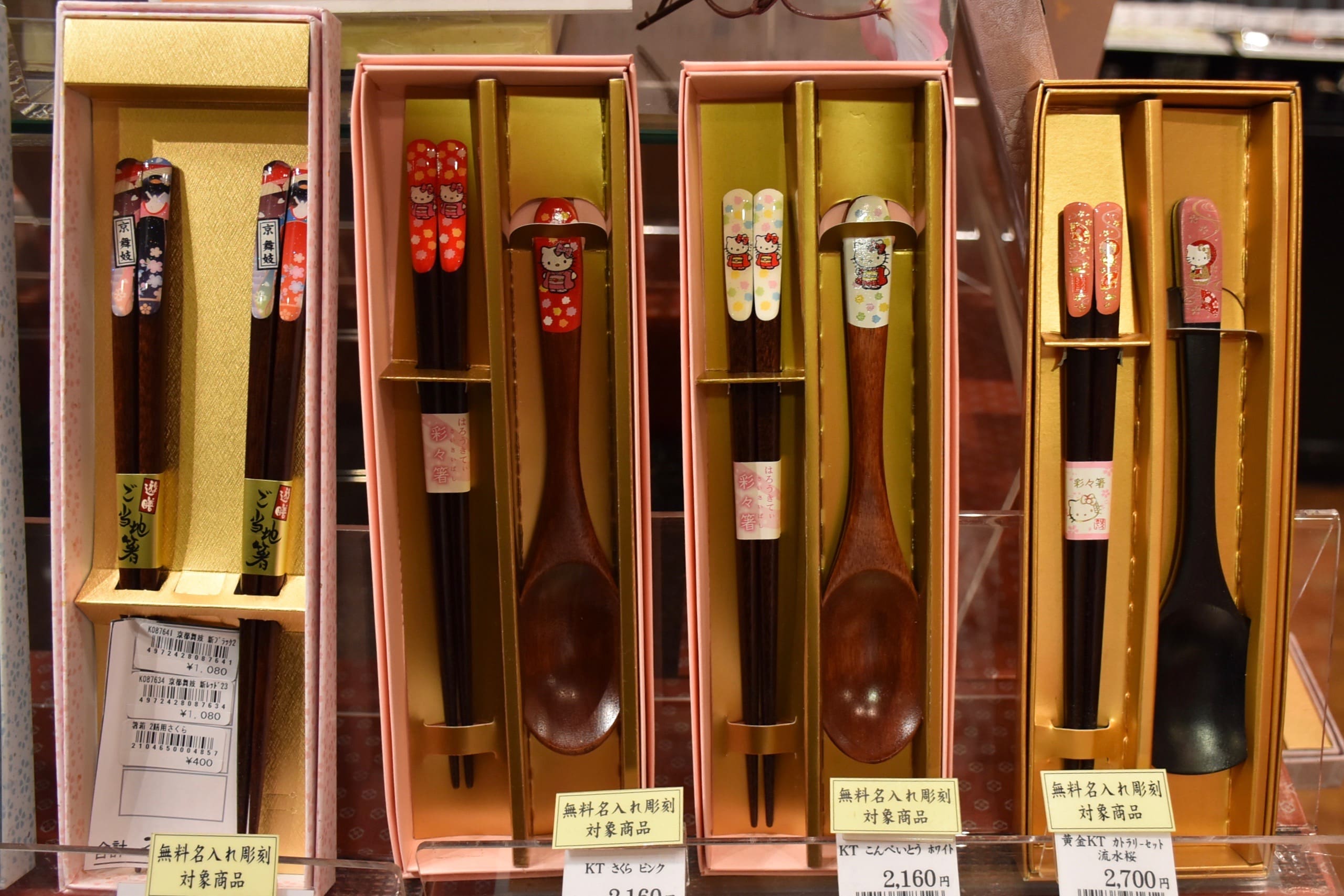
There were Dorayaki cakes in a glass box, Omamori, chopsticks and chopstick holders.
Omiyage in Japanese Culture
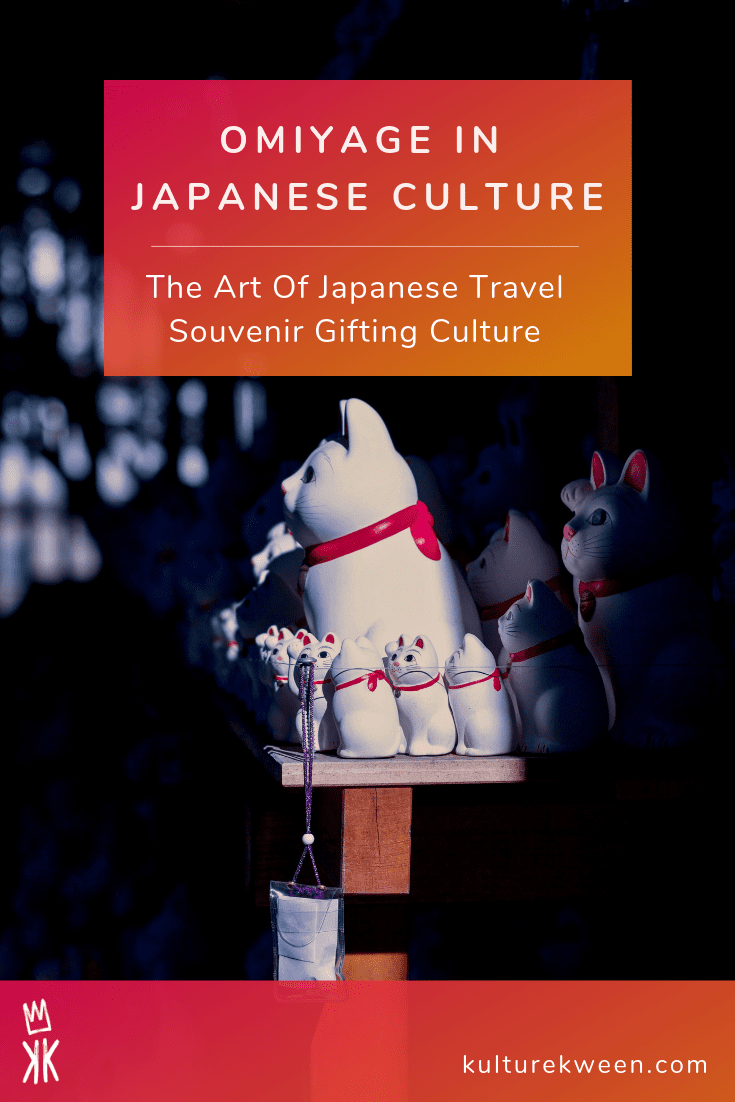
Ever since I grasped the idea behind Omiyage in Japanese culture, I kept seeing it everywhere we went in Japan. From my experience, I understand that the Japanese treat the Omiyage culture seriously. A customary, integral part of the Japanese travel culture, it symbolizes respect and appreciation, among other things.
There are rules surrounding the Japanese culture of gift gifting, including bringing back something locally made from where you travel. You can spend a lot of time, effort and money to pick the “right” Omiyage. By people, it’s your loved ones and people you interact with daily, including your colleagues.
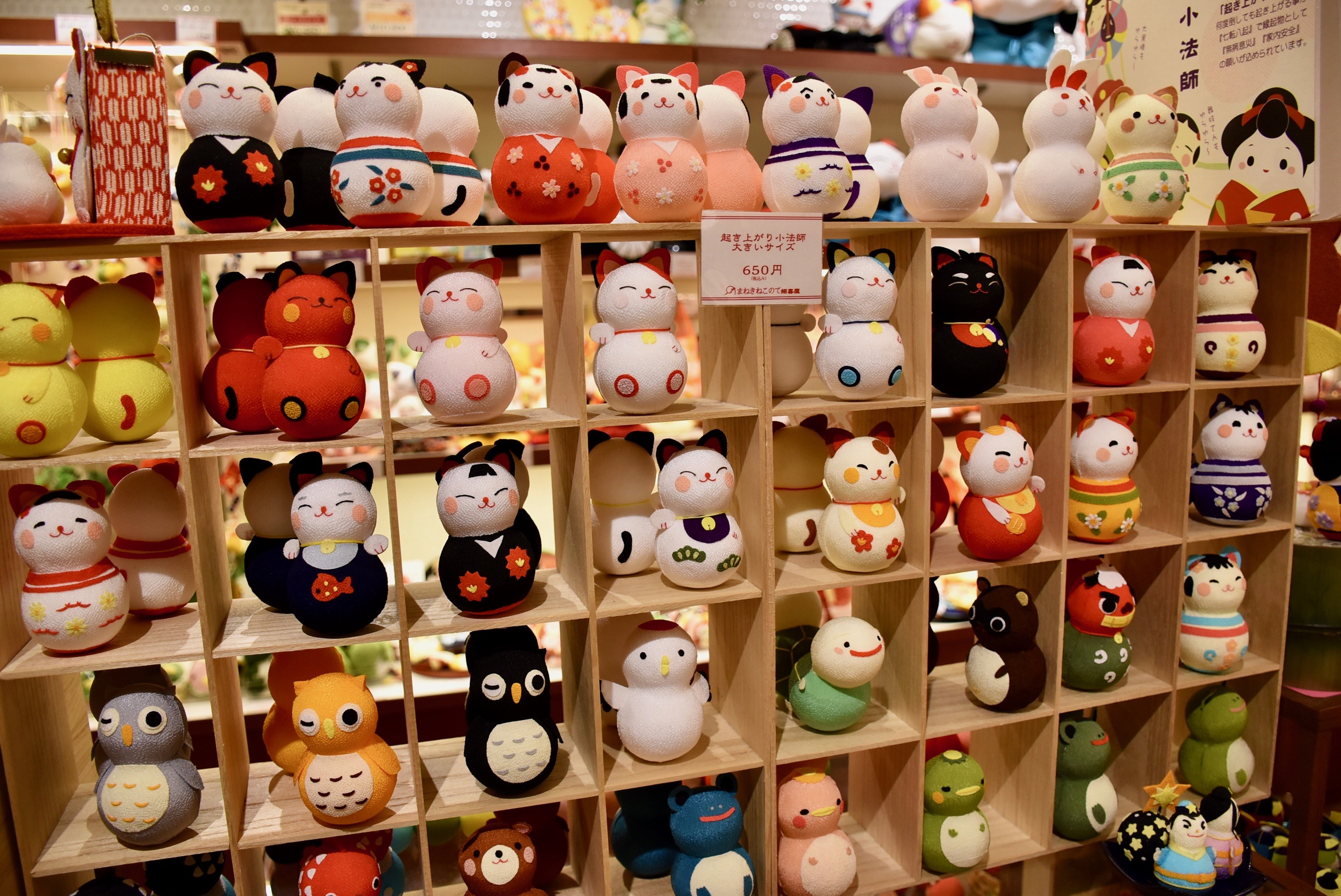
Most of the main train stations had more than a few Omiyage shops, where they sold gorgeously wrapped food items called Ekiben and other knick-knacks. On top of that, different cities have their mascots, and different regions have their famous local produce, giving visitors a diverse variety of Omiyage to bring back home. And don’t get me started on the Omiyage shop in the Narita airport; all those edible souvenirs looked so tempting. We ended up with two big bags of Omiyage.
Omiyage in Other Cultures
Indonesian Oleh-Oleh
Interesting fact, Indonesia shares the souvenir-giving culture with Japan. In the Indonesian language, we call it Oleh Oleh. And we say things like, “I have some Oleh – Oleh for you” and “don’t forget to bring back Oleh-Oleh!” to our loved ones. Having grown up in Indonesia, I understand the importance of this travel souvenir gift-giving tradition. So I would allocate some time and money to bring back souvenirs for my loved ones whenever I travel.
Omiyage for Singapore Colleagues
I still hold the tradition when I was an immigrant in Singapore for almost a decade where I share and get Omiyage from my colleagues and friends whenever we travel. However, I also learned that most prefer food to other souvenirs.
No Omiyage for Australian?
Since I moved to Australia, I no longer hold the Omiyage tradition as sacredly as before.
The Omiyage culture is almost nonexistent here. In the office, if there is any souvenir being distributed, it’s usually from an Asian colleague, myself included, who has just returned from a trip or returned to their hometown.
This doesn’t mean that I will abandon the souvenir culture entirely in the future. Even though it’s not part of Australian culture, Omiyage will be appreciated. And I like to share things with my colleagues, and it’s nice to be on the receiving end too. I don’t expect them to get me anything, but trying another place’s delicacy or foreign snack is nice.
My favourite one so far was the Taiwanese pineapple tart.
Minimalist Culture and Omiyage
I remember my Appa’s advice on my first significant trip years ago. He said not to spend any money on souvenirs but instead use it wisely on experience and trying local food.
Now I have found the middle ground in navigating the Omiyage culture. These days I only bring back perishable souvenirs, something for my loved ones, colleagues and myself to finish.
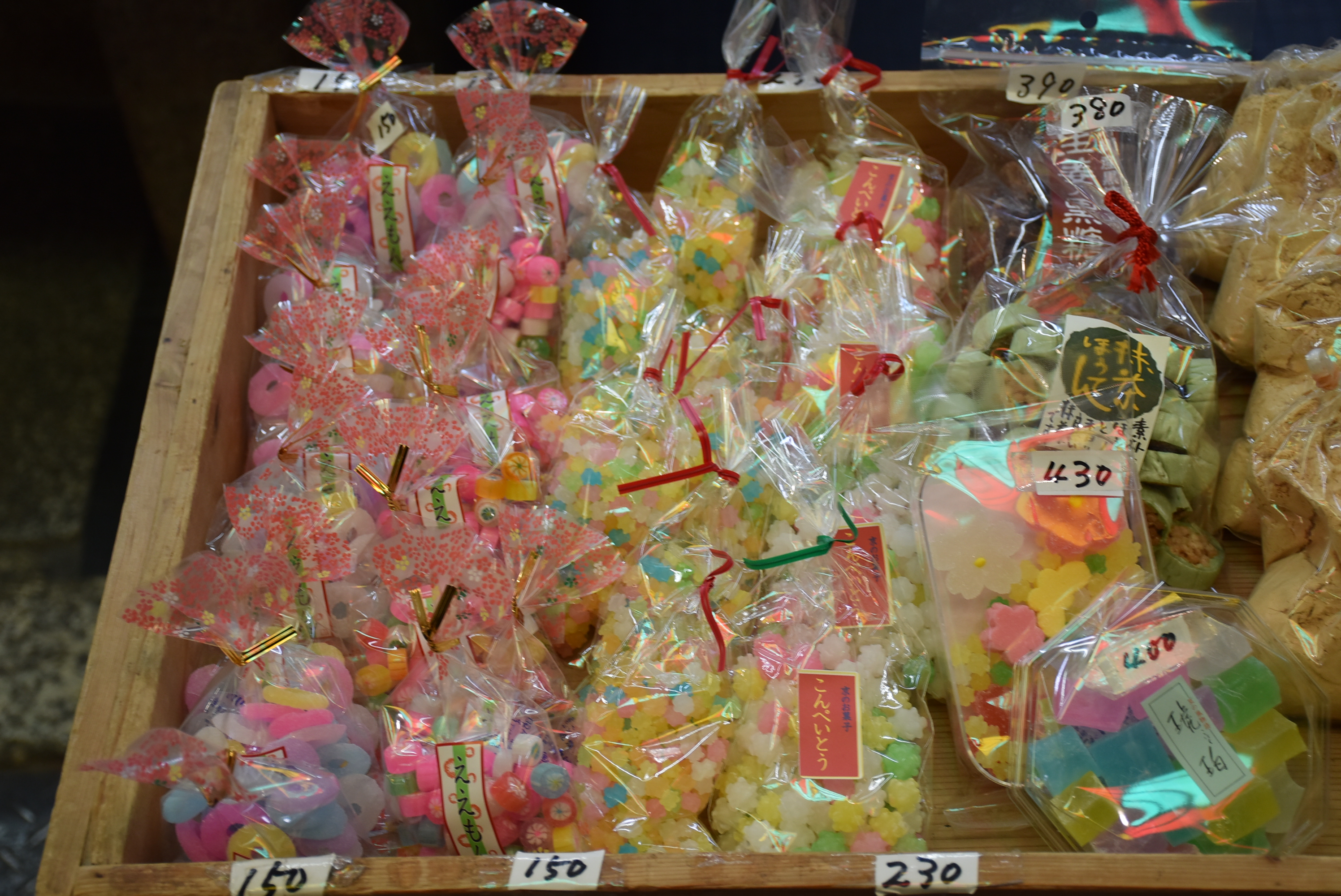
If not perishable, I keep the other Omiyage purchases strictly fridge magnets and postcards whenever possible. There is an exception to the rule regarding my parents; Amma usually receives something pretty and a little art for Appa wherever I travel.
I also trained myself to come back Omiyage-less from a few travel trips. Usually, because I either don’t have time, budget, energy or space for it. It wasn’t easy. I enjoy choosing and buying things for my loved ones, but it has been a good practice. Lastly, I don’t want to waste resources by bringing back an Omiyage or “Oleh-Oleh”, which doesn’t bring any value or joy to the people back home.
Omiyage in Any Other Name
In Japanese culture, there is also gift-giving time (like Christmas in Western culture) which happens in July called Chugen and December called Seibo. During this time, they usually send gifts that can be bought in the department stores to people who have helped them in the past, including their teachers.
Follow me on Instagram @KultureKween for more recent updates.
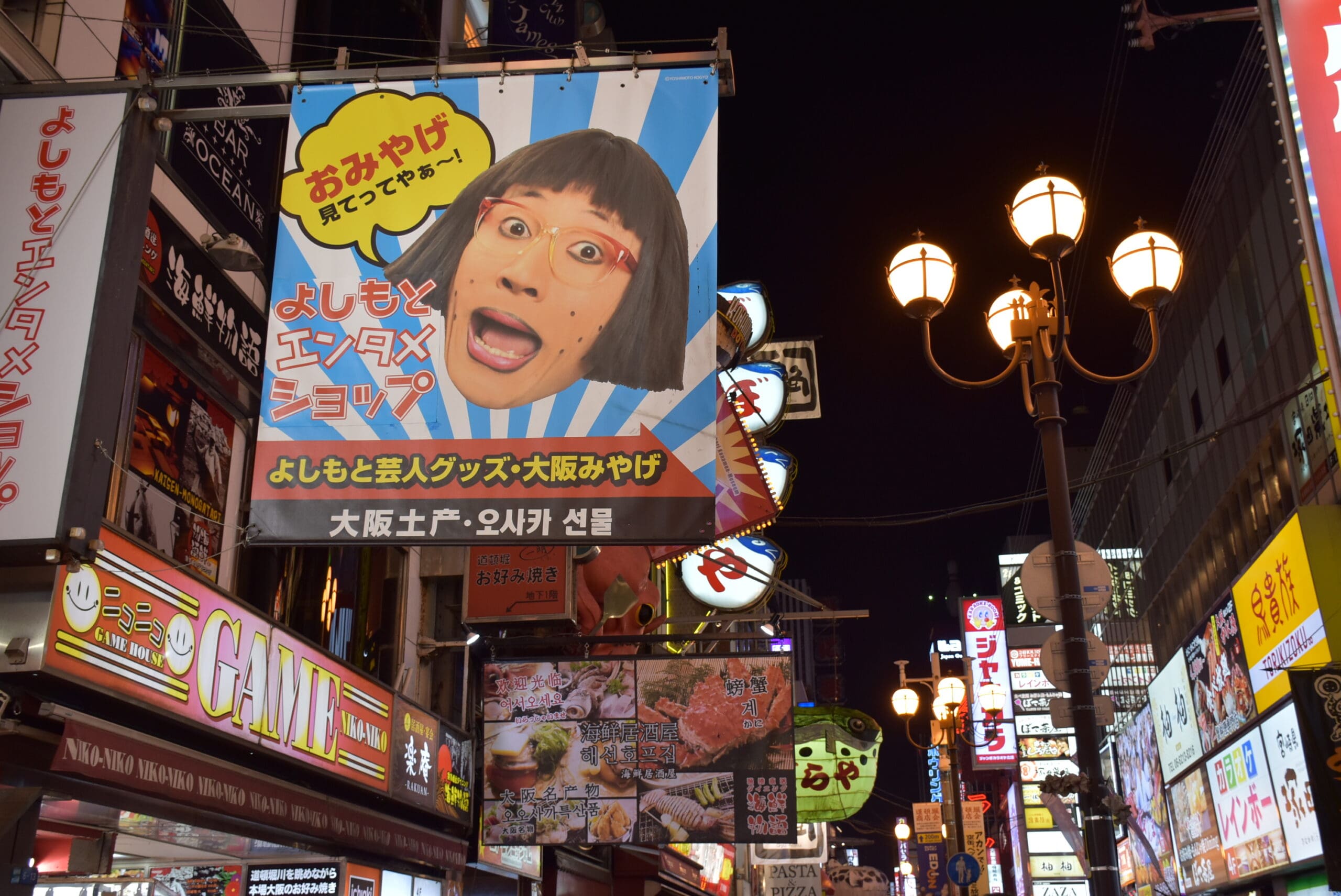
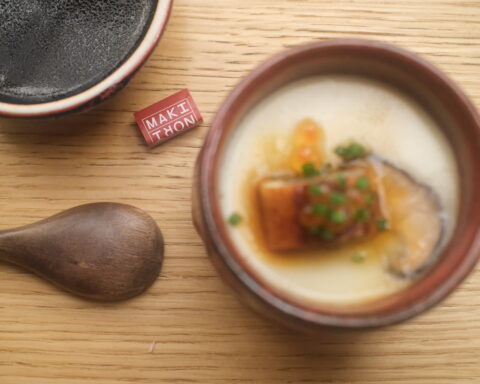

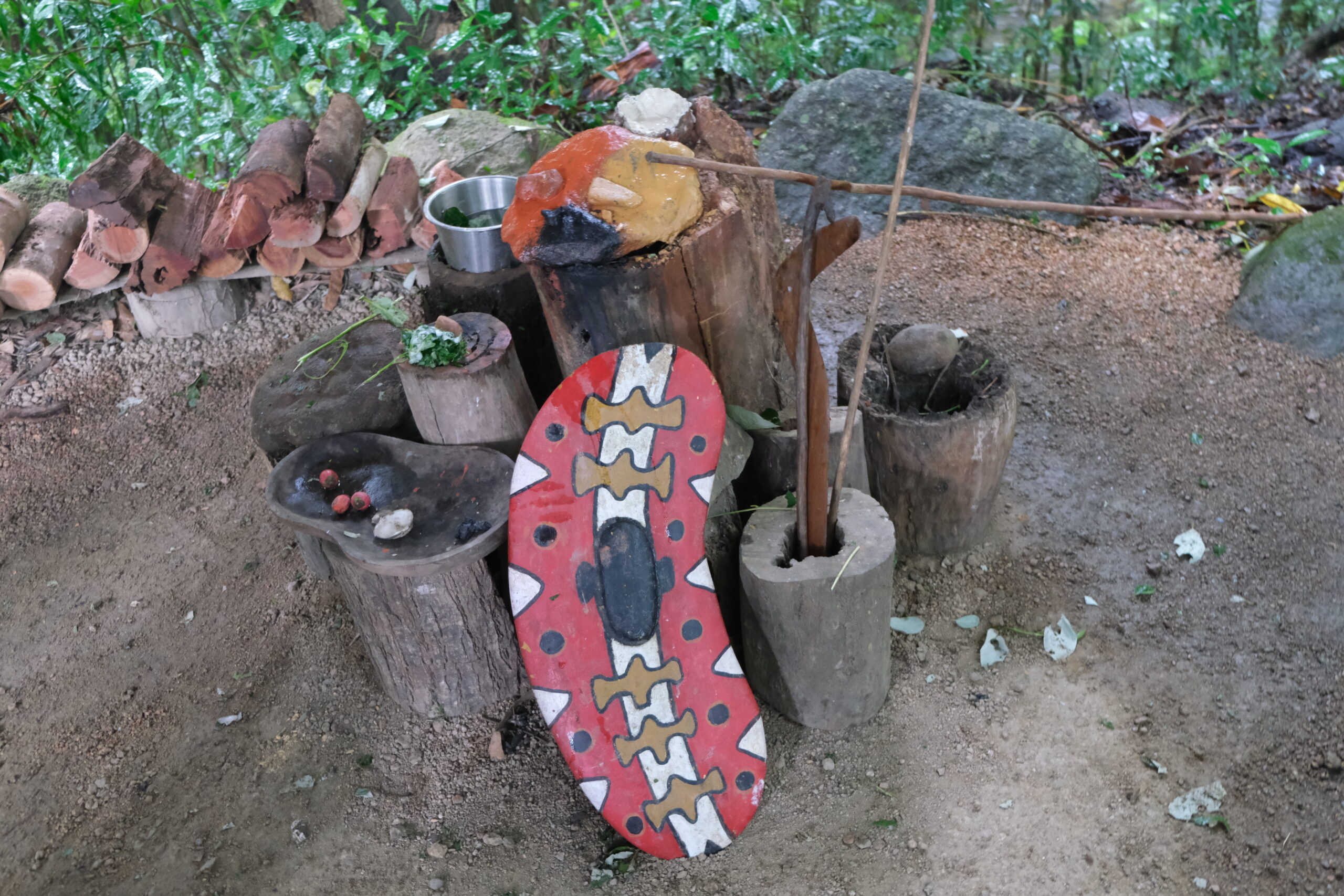

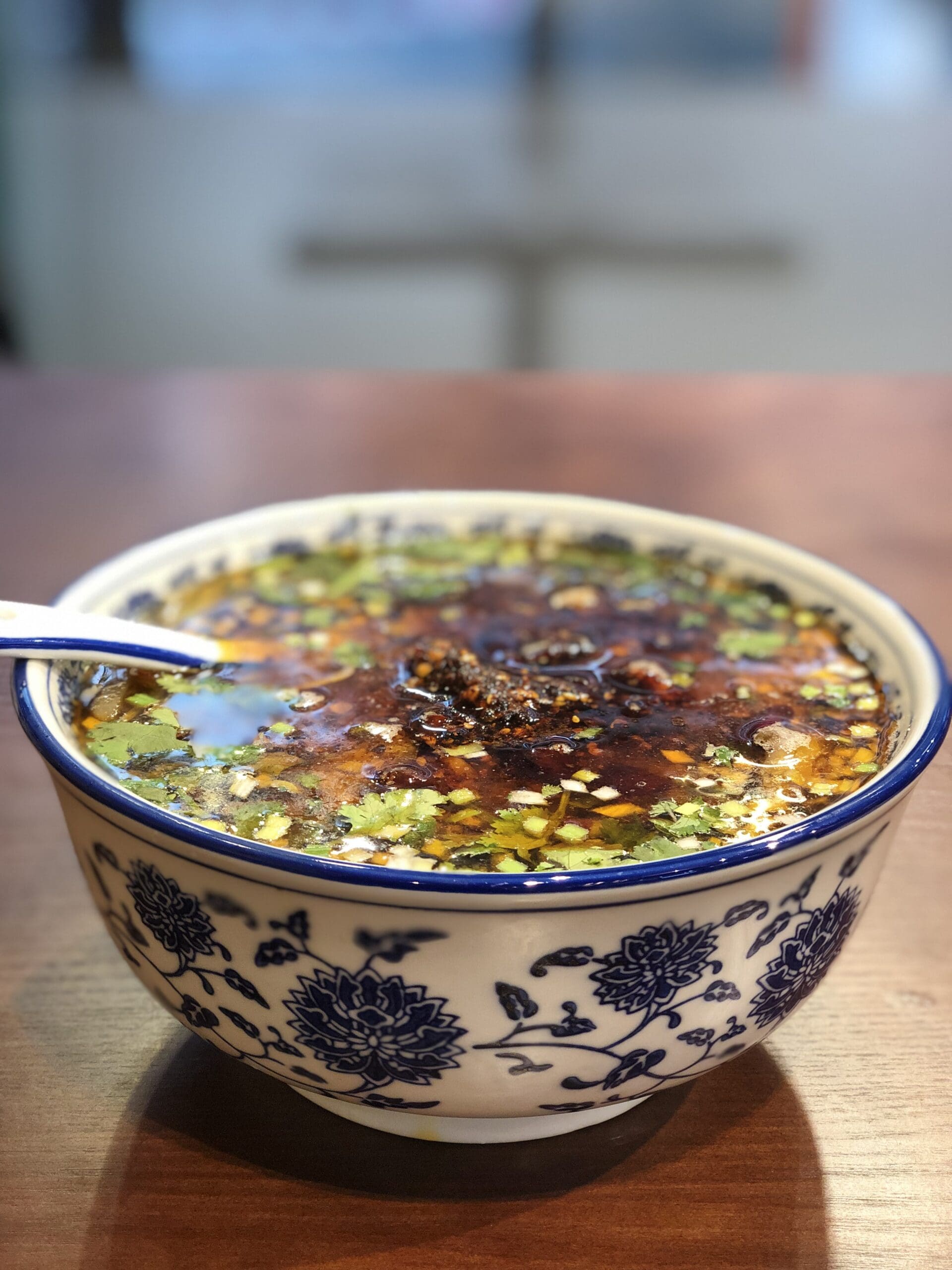
[…] ━ I bought some Omiyage for my colleagues and learned that Daifuku is Mochi with […]
[…] about her time there, and of her grandma and their house. About visiting the market and buying Omiyage for her colleagues. She also wrote how her grandma sent her off with some Kanazawa delicacies to be […]
[…] about her time there, and of her grandma and their house. About visiting the market and buying Omiyage for her colleagues. She also wrote how her grandma sent her off with some Kanazawa delicacies to be […]
[…] your loved ones, including friends and office mates. Though the tradition is not as austere as say Omiyage in Japan, Oleh-oleh is still somewhat-expected even […]
[…] place has everything to shop for. Souvenirs (Omiyage in the Japanese culture), photo-box, the Japanese equivalent of Western Slurpee, tour services, cartoon character socks, […]
[…] buy sweets and other snacks to give to family and friends when they visit another city or country (Omiyage), they do not really buy souvenirs for […]
[…] about her time there, and of her grandma and their house. About visiting the market and buying Omiyage for her colleagues. She also wrote how her grandma sent her off with some Kanazawa delicacies to be […]
[…] Omiyage In Japanese Culture and Others […]
[…] don’t know how she sees her Teru Teru Bozu. Maybe it’s just a Japanese souvenir (Omiyage) for her, but for me, it has always been a reminder of her kindness and the start of our […]
[…] also common for the local to buy Ekiben as an Omiyage, bringing it home as a souvenir for family, colleagues or […]
[…] Omiyage In Japanese Culture and Others […]
[…] Ps. If you are not visiting Osaka, check out Kappabashi or Asakusa the cultural center of old Tokyo to score some beautiful Japanese tableware as a souvenir for yourself or as an Omiyage. […]